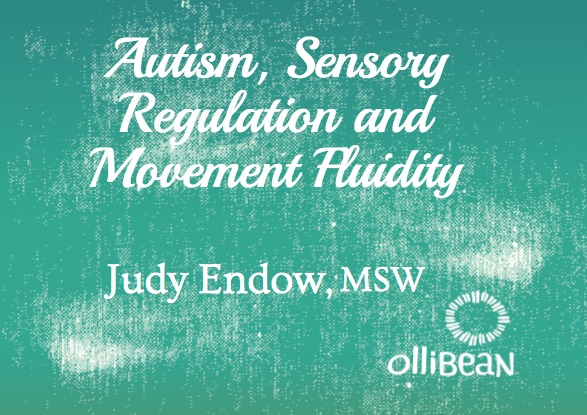
Many any individuals with classic autism seem to have neurological movement differences. When these movement differences play out in our bodies, it is easy for onlookers to see, as we may get stuck in one position or in repetitive movement. Sometimes there can be difficulty in getting a body movement going, and at other times once our body is in motion, we cannot stop even if we want to.
These movement differences can also play out in thoughts, speech, and emotions, areas that are not as readily observable to onlookers, yet can be daily obstacles to outsmart for some of us.
I think of myself as being either well regulated or not well regulated. When I am well regulated, I am able to fully engage in what is going on around me. My physical movement and my thought processing are fluid. My reaction time to the spoken words of others and to extraneous stimuli is not much different from the reaction time of neurotypicals around me.
When I am not well regulated, I am less able to engage in what is going on around me. It takes me much longer to process my thoughts and, thus, my reaction time to the spoken words of others is much slower, and my reactions to extraneous stimuli become bigger and louder and last longer. I am told that my voice becomes louder and that I have a startle response to stimuli that normally would not cause me to startle.
When I am not well regulated, I also have significantly more movement issues. I must bring conscious thought to my physical movement, such as walking, grasping, and chewing. It becomes difficult to engage in multiple movements at the same time, such as walking over to a person and handing him something. First, I have to walk over to the person, stop, and then execute the handing- something motion. It also becomes difficult to combine physical movement with thinking. This means that I have to stop moving in order to think any thoughts unrelated to the actual act of moving my body through space. As a result, it is nearly impossible for me to walk and talk at the same time.
Until science advances enough to enable us to better understand and impact our neurological movement glitches – physical, thinking and emotional fluidity – many of us with autism can learn to proactively outsmart at least some of the movement difficulties we experience by addressing our regulation needs.
The book Practical Solutions for Students With Classic Autism to Be Ready to Learn: Getting to Go addresses these issues. Specifically, Chapter 3 addresses internal regulation and Chapter 4 addresses external regulation. Learning what I need to do to maintain better regulation in my body has gone a long way to prevent a lot of the neurological stuckness my autism visits on my body, my thoughts and my emotions. I hope others will benefit from this information and ultimately, to be able to live their lives more comfortably being and accessing all they want in this world.
REFERENCE
Endow, J. (2011). Practical Strategies for Stabilizing Students With Classic Autism to Be Ready to Learn: Getting to Go. Shawnee Mission. KS: AAPC Publishing.
 JUDY ENDOW, MSW
JUDY ENDOW, MSW
Judy Endow, MSW is an autistic author, artist and international speaker on a variety of autism related topics. Read more from Judy on Ollibean here and on her website www.judyendow.com.

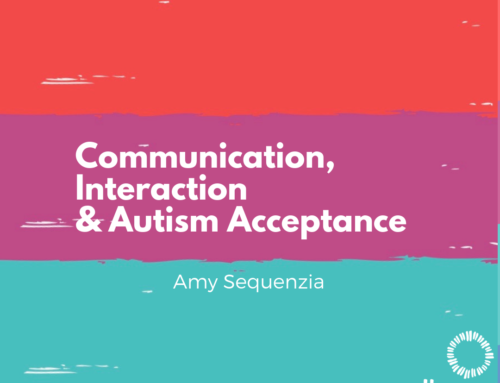
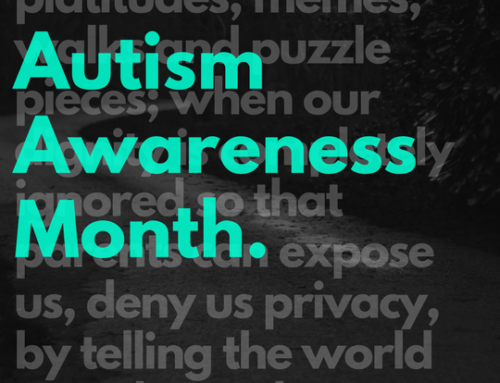




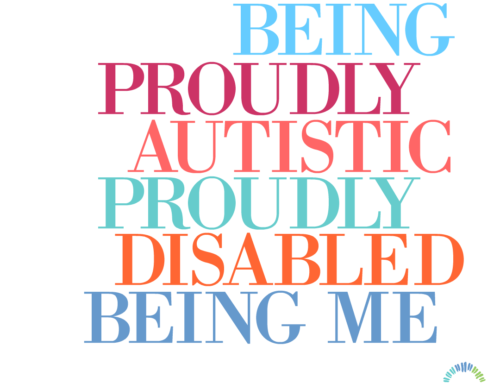

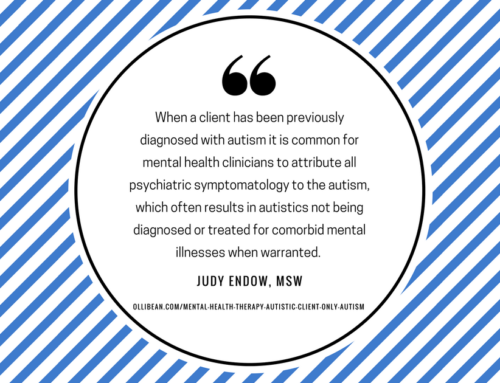


Leave A Comment